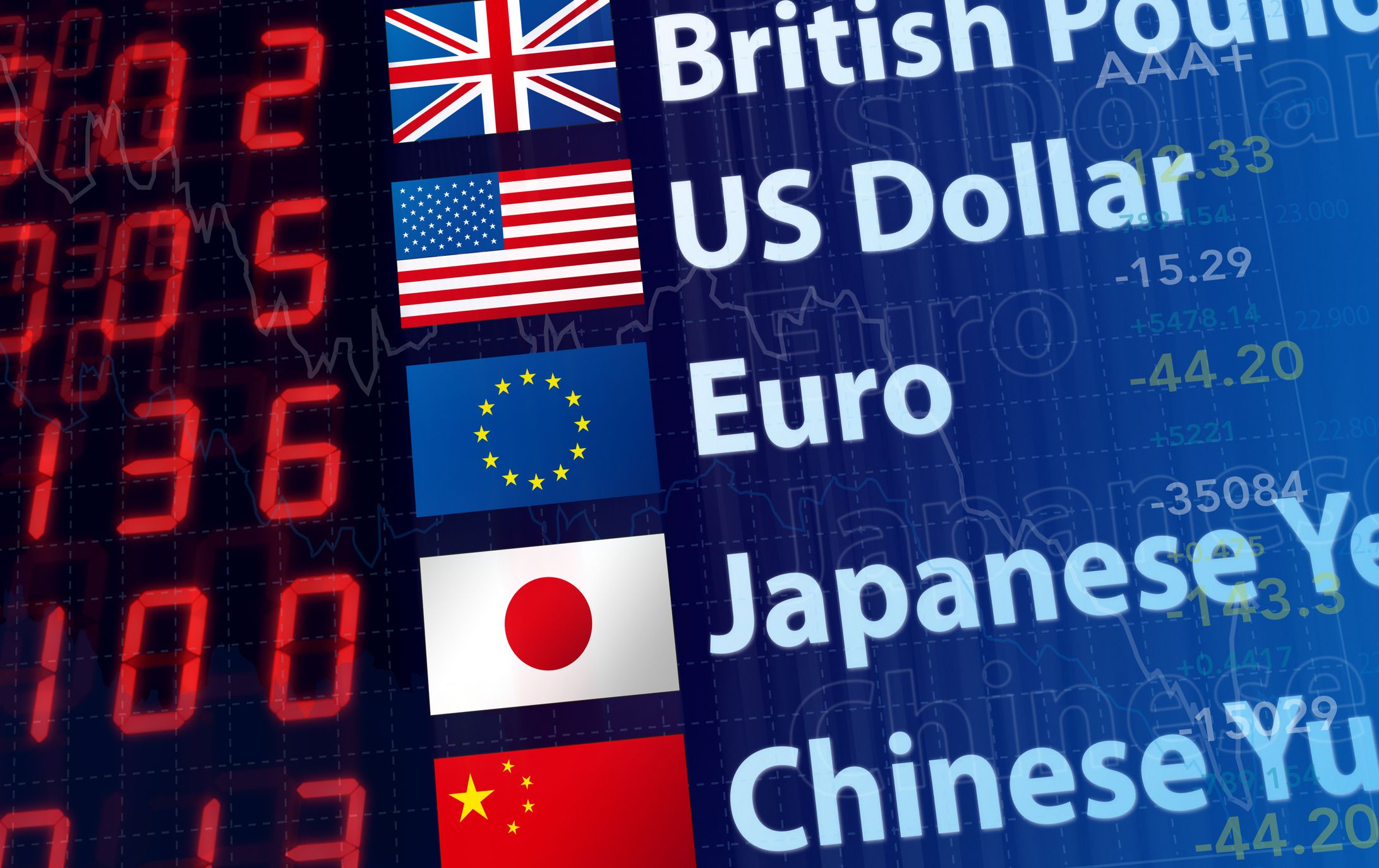Forex
Currency market today: U.S. GDP report may shift the balance of power on the currency market in favor of dollar buyers

What is happening on the currency market? Pretty strong U.S. economic growth data might turn the bullish market for risky assets, which are in good demand after yesterday’s meeting of the U.S. Federal Reserve.
However, it could also be the case that the dollar will further sag against the euro and British pound, as the US economy may have shown modest growth in the second quarter of this year, interrupting the likelihood of consecutive quarterly contractions. Obviously, even if we do see growth, it will be quite weak, which will definitely raise fears of a possible further downturn in the foreign currency market.
Open currency market — what to expect?
Economists expect U.S. gross domestic product to grow at an annualized rate of 0.4% in the 2nd quarter of 2022. On the face of it, that would seem to be an improvement after the 1.6% decline in GDP in the first quarter. However, a breakdown of GDP for the second quarter could illustrate a more worrisome decline in consumer demand, the main driver of economic growth. This will have a major impact on the currency market today.
Whereas in the first quarter the slowdown was mainly due to growth in imports, and consumer spending was more moderate, things have changed; in the second quarter: the undoubted contribution to GDP growth will come from a reduction in the trade deficit, but consumer spending will probably shrink, which is pretty bad for the future prospects of the economy.
Clearly, because of the sharp rise in inflation, everyone expects consumer spending to shrink. Recent quarterly reports from major U.S. retailers such as Walmart Inc. and Target Corp. indicate serious concerns as consumers are already cutting spending, especially on high-priced items.
Current currency market news and analysis
A decline in business investment, a weakening housing market amid rising interest rates and slower inventory growth will also have a negative impact on the pace of GDP growth in the second quarter. Recent data showed that the merchandise trade deficit narrowed more than expected in June, and inventories in both retail and wholesale stores rose significantly.
Consumer spending, the main engine of the U.S. economy, will be the most important part of the report for many economists. Spending is projected to slow further to a 1.2% annualized rate, which will be the weakest growth rate for the year. Inflation-adjusted spending is likely to have declined in May from the previous month, and spending in June is not expected to be revised.
Currency market analysis: Impact of the U.S. GDP report
Experts say the economy may grow just enough to avoid an economic slowdown for two consecutive quarters, which is the common practical definition of a recession. Economists’ forecasts vary widely. About a third said GDP is down, including Bank of America Corp. and Deutsche Bank AG.
Estimates range from a 2.1 percent drop to a 2 percent increase. The National Bureau of Economic Research has already made an official statement about the onset of the recession. Economists from the bureau define a recession as a significant decline in economic activity that spreads throughout the economy and lasts for more than a few months.
Even if the report shows GDP growth, fears that inflation will continue to rise and the Federal Reserve will raise interest rates to curb it will eventually lead the economy into recession. Yesterday, policymakers raised the key rate by 75 basis points, to 2.5%, at the end of a two-day committee meeting, and said they expect “steady further increases.”
It is hard to say how all of these circumstances will affect the money market balance going forward, but clearly the GDP report will not go unnoticed.

 Forex3 years ago
Forex3 years agoForex Today: the dollar is gaining strength amid gloomy sentiment at the start of the Fed’s week

 Forex2 years ago
Forex2 years agoUnbiased review of Pocket Option broker

 Forex3 years ago
Forex3 years agoHow is the Australian dollar doing today?

 Forex3 years ago
Forex3 years agoDollar to pound sterling exchange rate today: Pound plummeted to its lowest since 1985

 Cryptocurrency3 years ago
Cryptocurrency3 years agoWhat happened in the crypto market – current events today

 World3 years ago
World3 years agoWhy are modern video games an art form?

 Commodities3 years ago
Commodities3 years agoCopper continues to fall in price on expectations of lower demand in China

 Economy3 years ago
Economy3 years agoCrude oil tankers double in price due to EU anti-Russian sanctions





























